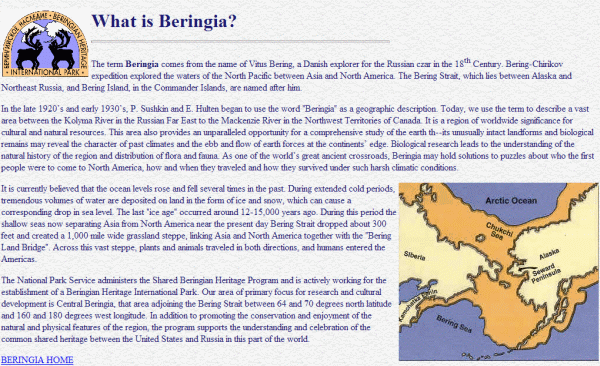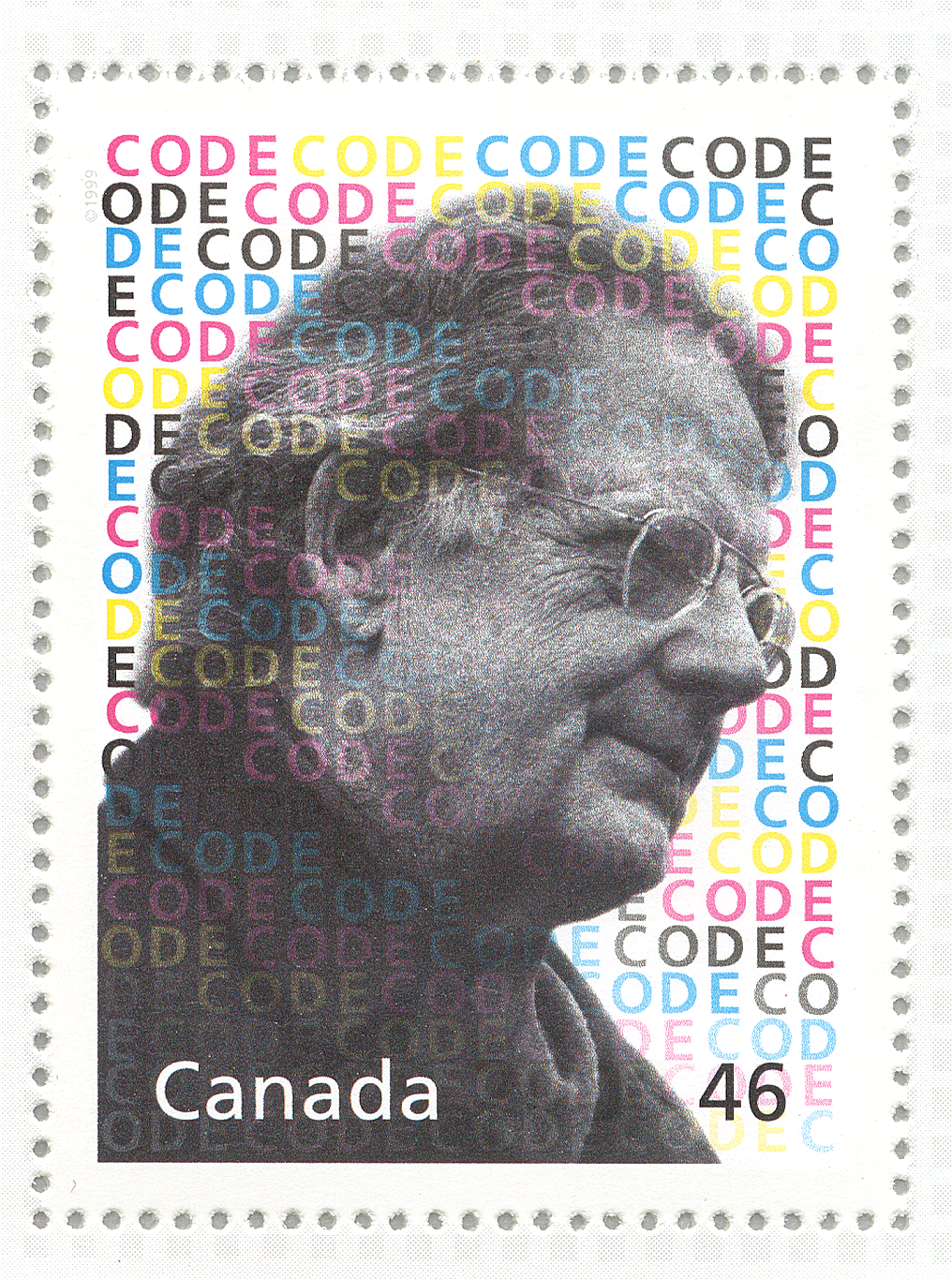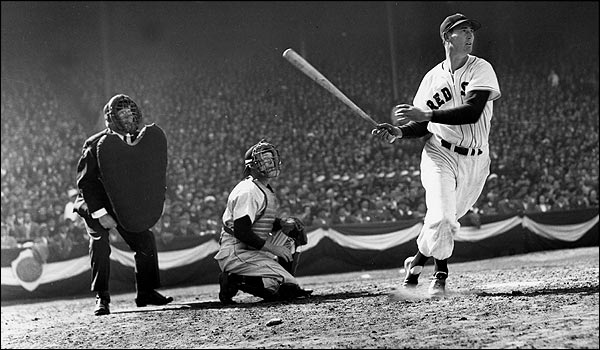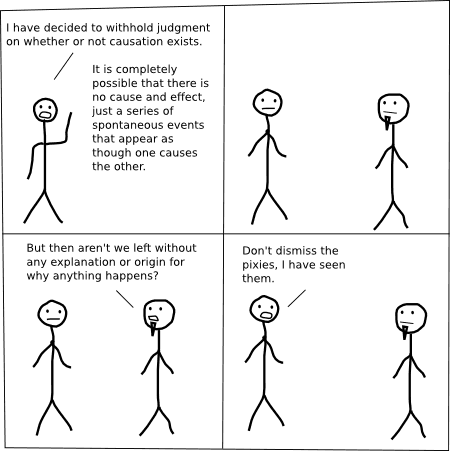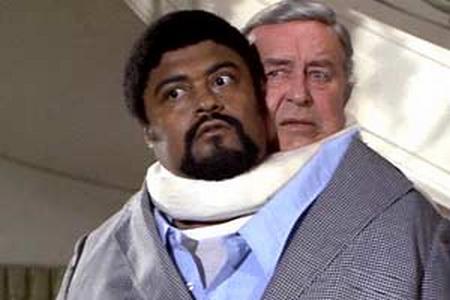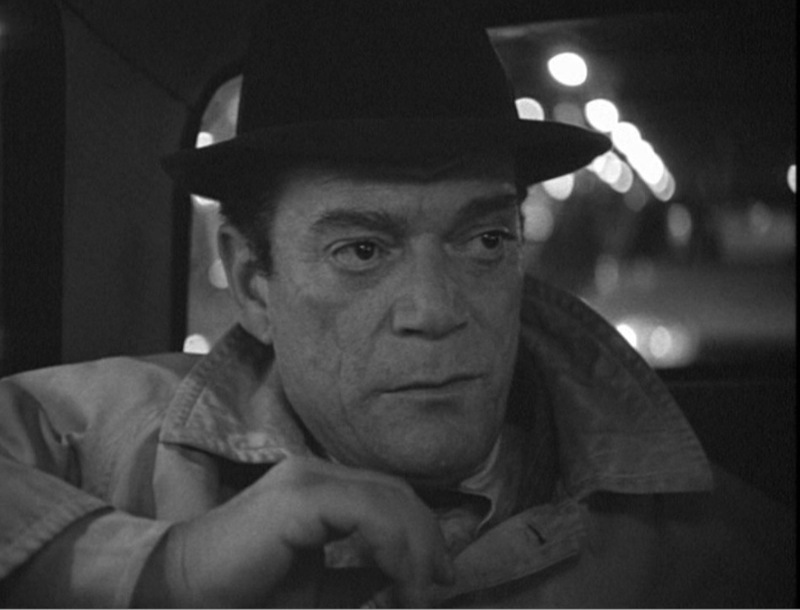building muscular copy
 Saturday, June 1, 2013 at 10:33PM
Saturday, June 1, 2013 at 10:33PM  Direct writing is in a bad way these days. Most of the emails and packages I get are mere lists of product features, usually bulleted, with some vague sense that it will benefit me as a human – and not much more personal than that.
Direct writing is in a bad way these days. Most of the emails and packages I get are mere lists of product features, usually bulleted, with some vague sense that it will benefit me as a human – and not much more personal than that.
Why is this happening? The canard about people not reading any more is one reason, a trusim that clients and agency types are both guilty of repeating all too often when judging letter or email copy. Our audience doesn't have a lot of time, they say, so cut all this stuff about them and focus on the product. Bullets would make it really easy to scan. (Yes, they'll say "scan" instead of "skim.") And why is it two pages? Make it single sided.
And this, my friends, is how we get lovely looking things that allegedly want our attention but which actually contain little or no reason to engage.
But it doesn't have to be this way. While the classic formats may be having a hard time, the endeavour of engaging an audience to get them to respond – the purpose of direct marketing – is alive and well in other forms. For instance, take a look at this page selling a book called Anabolic Cooking. The art direction seems to be a mess, it seems to be several feet long, and it wouldn't pass muster at any agency internal. And yet the writing is classic. It's actually persuasive, with the writer going through misconceptions and issues and knocking them down so you have no reason to say "no" – like any great salesperson. That's strong (if formulaic) writing.
I've recently seen a bunch of examples of this kind of site, and it seems to be where direct is heading for product-focused sales. It is a formula, and it's easy to see how people would be turned off by the high pressure. But, being classic DM folk, these marketers don't care about the fact that their page may turn some people off, and that it's not the coolest advertising ever done, or that it takes time to engage with it.
It sells to people who are interested. And it works.
As creatives, I think we laugh and ignore this as "garbage" at our peril. There's always something to be learned from something that works, something we can apply no matter what we're writing.
 DM,
DM,  copywriting,
copywriting,  digital,
digital,  direct marketing
direct marketing 
